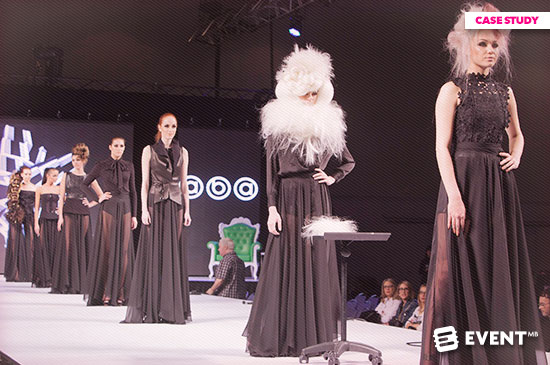This is a case study from Wojtek Hoch, CEO+Founder, Nomadic Uno, Inc. More information about Event Manager Blog’s case studies.
The Event
The Allied Beauty Association holds Beauty Shows over two days in five major Canadian cities each year. These shows bring together the major Canadian professional beauty industry suppliers and beauty professionals. The shows are the largest and most attended beauty trade shows in Canada. There are multiple stages with multiple events and presentations happening throughout the event.
Quick Facts
- Consumer show
- 50+ exhibitors
- 50K participants
- Grown to 5 shows, Canada wide
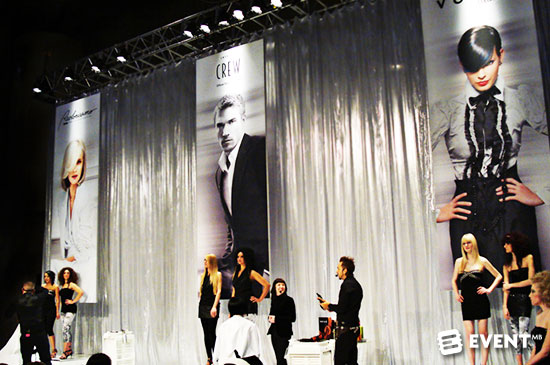
The Objectives
ABA had 3 broad objectives they needed assistance with:
- To keep their attendees better informed
- To increase sponsorship visibility
- To better engage their audience from the cosmetic industry
The Technology
The organizers of ABA chose to work with the event mobile app from Nomadic Uno for its personalization features, as well as the ease of use, robustness of the platform and easy app implementation. The mobile application offers attendees tailored content through updates and customized data gathered from sources such as social media and learning, related to who they are and what is important to them.
The app content was customized towards the needs of the show, with personalized messaging introducing the event and the vendors, based on preferences and location. Contextually applicable messages were driven by personalized data and permissions controlled via the attendee profile, reducing unnecessary messages that were not relevant to attendees. Within the app there was also an event directory, vendor directory and in app messaging.
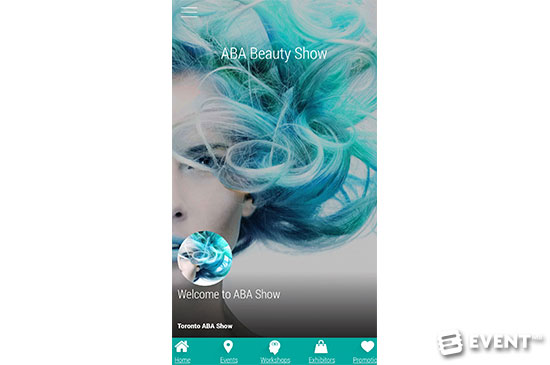
The Challenges
There were two main challenges with ABA. App adoption was the biggest challenge as there wasn’t much time in advance of the shows and there was limited data on attendees so it was difficult to reach out plans and tactics.
The open space and high ceilings in the event building, made placing beacons difficult and this caused another challenge in terms of output from the beacons.
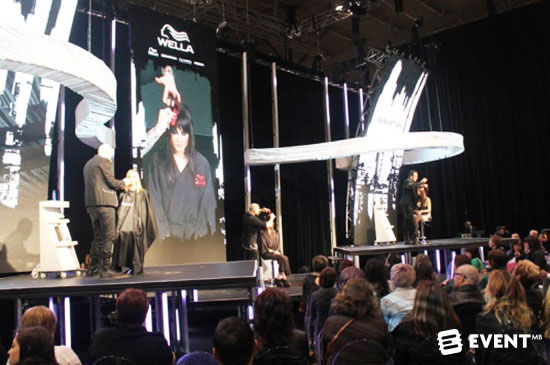
How Were the Objectives Achieved?
To encourage app adoption there was an aggressive pre-event campaign using email and social media. There were also in app incentives and on the floor incentives to download at the event.
Beacons were placed under the stage and were re-calibrated to deliver more output. The use of Geofencing was utilized outside of the venue to alert attendees of scheduling and upcoming speakers and demonstrations.
Nomadic Uno ONEApp helped to meet the event objectives by:
- Providing pre-event and in app agenda
- Giving sponsors visibility on the app splash and home screens.
- Providing a prominent space for the vendor listings
- Offering searchable vendor listings
- Giving location based event and timeline listings
- Eliminating unnecessary messaging based on attendee profile information
- Informing attendees about upcoming presentations in proximity to the stages, based on preferences.
- Informing about external events such as dinners and fringe events, as attendees were leaving the event space.
- Inviting attendees to participate in timely surveys
- Enabling event organizers to see event analytics and quantify the engagement and responsiveness of the attendees.
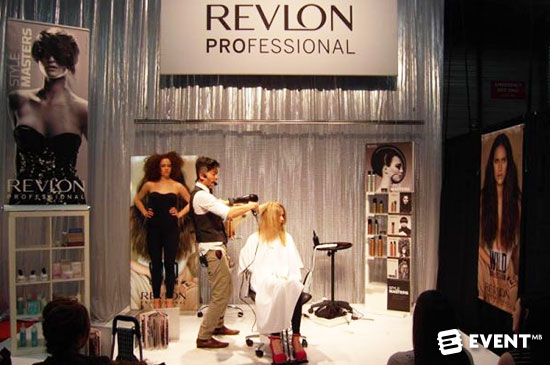
The Results
80% of attendees that downloaded the app then registered to use it and completed their preferences. Over 750 different relevant messages were sent out to 1,500 people. The open ratio was around 40% and likes were 30% The most used and popular features of the app were the location based agenda and location messages.
Takeaways for Event Planners
- Plan Your Onboarding Campaign Carefully
A timely and consistent onboarding journey in the key to getting participation and app downloads. Make sure that attendees onboarding campaign is run way ahead of the event, and it is consistent with attendees preferences, whether that is email, webinars or social media. Is there an easy way to onboard information about the event? Is web ready content readily available? The later this campaign gets underway the lower the adoption rate will be.
- Think About the Objectives When Placing Beacons
Always start with objectives before deciding the number and placement of beacons and this will guide your decisions. Think about if the objectives are way finding, messaging, attendee engagement, vendor engagement or sponsorship visibility.
- Know The Limits
Make sure that you know limitations of the venue, for instance at a basic level is there WiFi, access to data, is the bandwidth strong enough? Test to see if anything is blocking signals and if the signals are strong. Look for obstacles such as beams, metal or concrete barriers.
The height of beacon placement is important too so that no obstructions are in the way. Usually around 6 feet is optimum. If beacons are placed too low, the signal was will be lost and not accurate. The human body shields the signals so location can be inaccurate. You may need to consider if beacons need to be adjusted or calibrated.
- Personalize Your Messaging
If you can send messages that are timely, relevant and specifically of interest to an attendee you will have a much higher success rate. Blanket messages can quickly be seen as spam and become annoying, resulting in people switching off or uninstalling the app. Messages that match a visitor’s interests and current location can have a true impact on their behaviour, activity and their experience of the event.
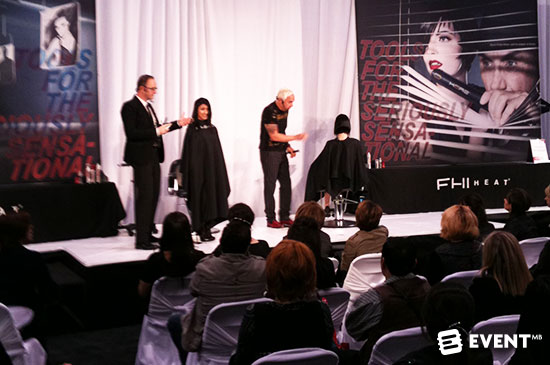
In Conclusion
The best way to tap into the hearts and minds of your event attendees is seamless, intuitive, personalized engagement that delivers the best experience. Nomadic Uno’s platform, dashboard, and mobile application worked together to ensure that ABA attendees using the app had an event experience relevant to them, fostering valuable relationships before, during, and after the event.

